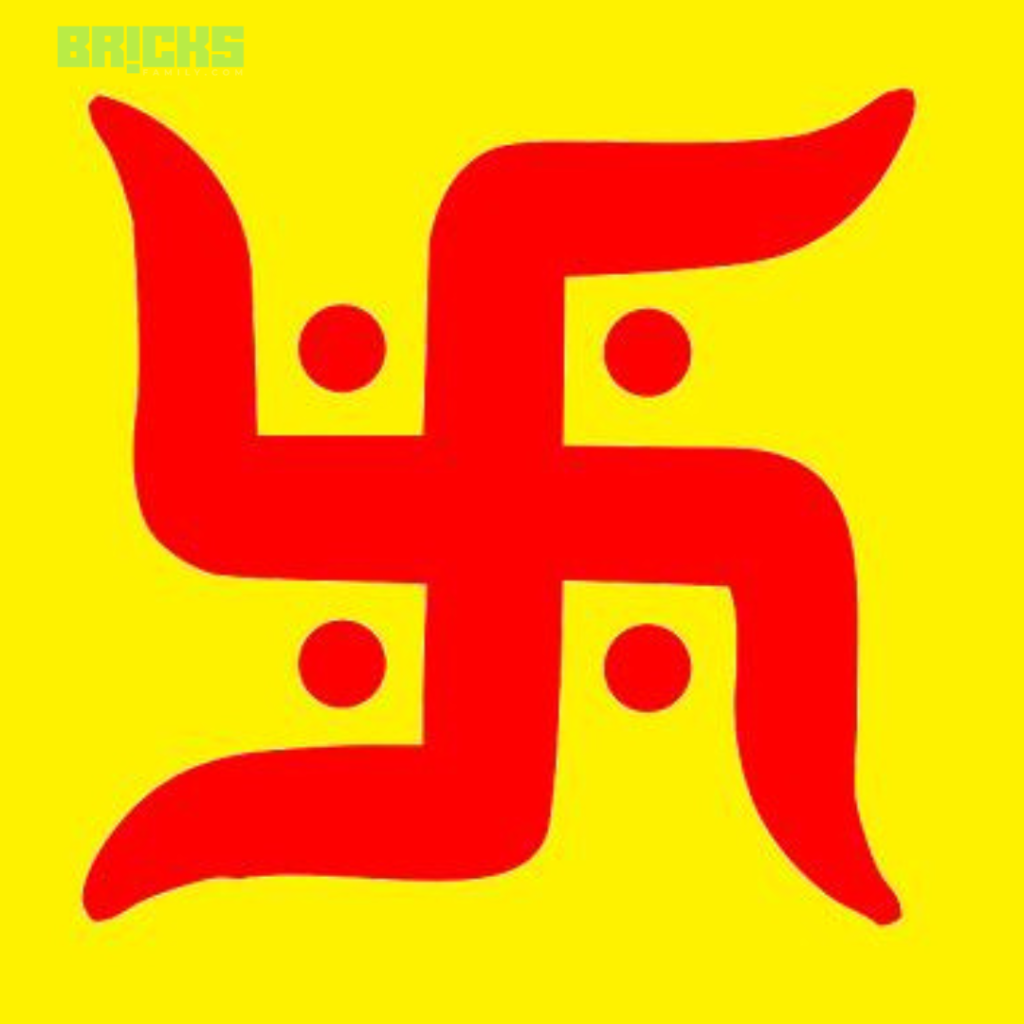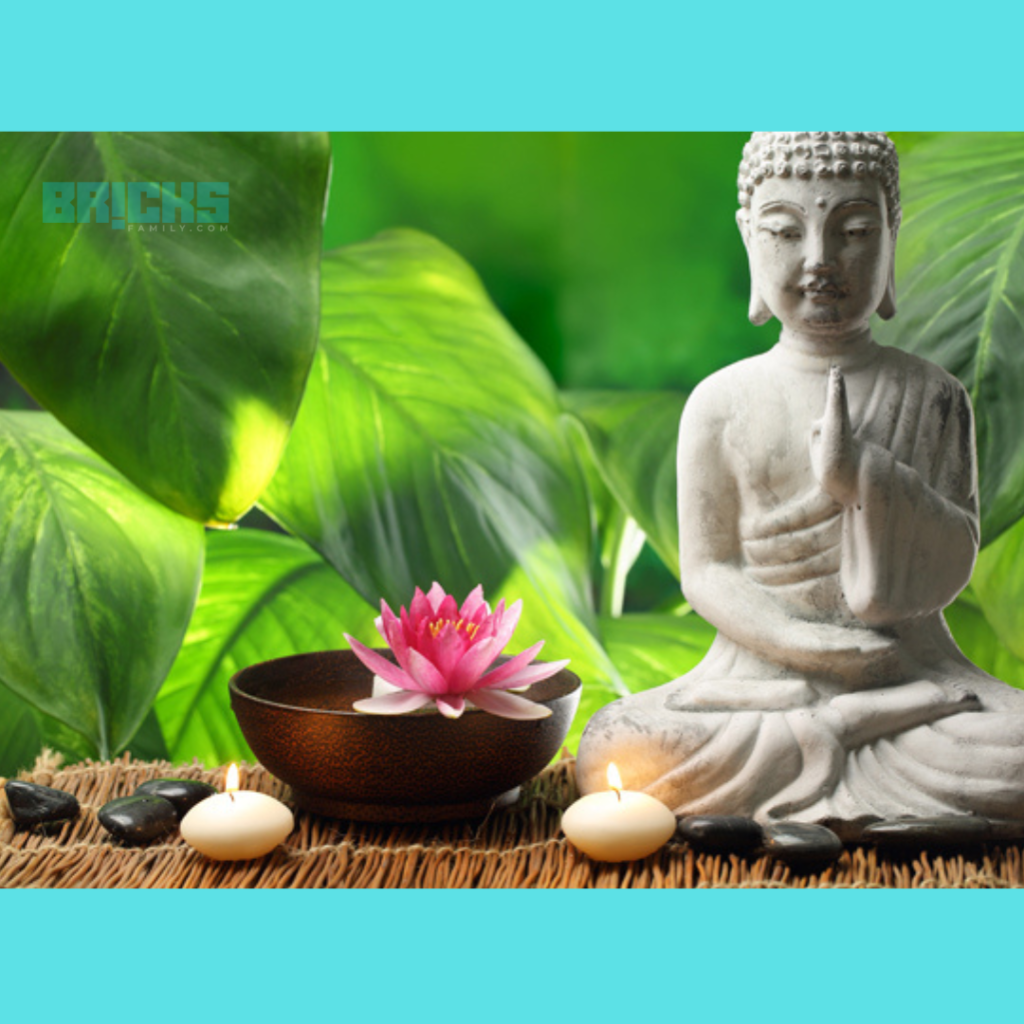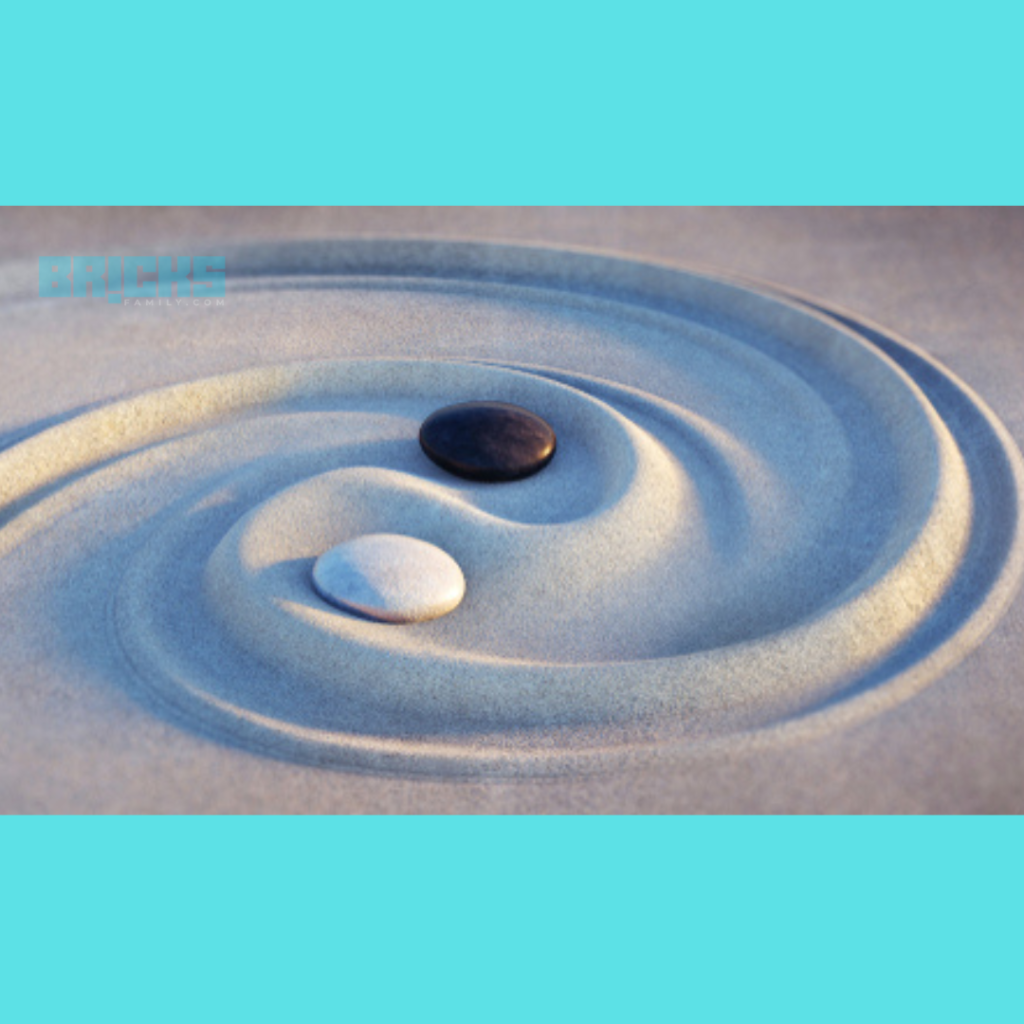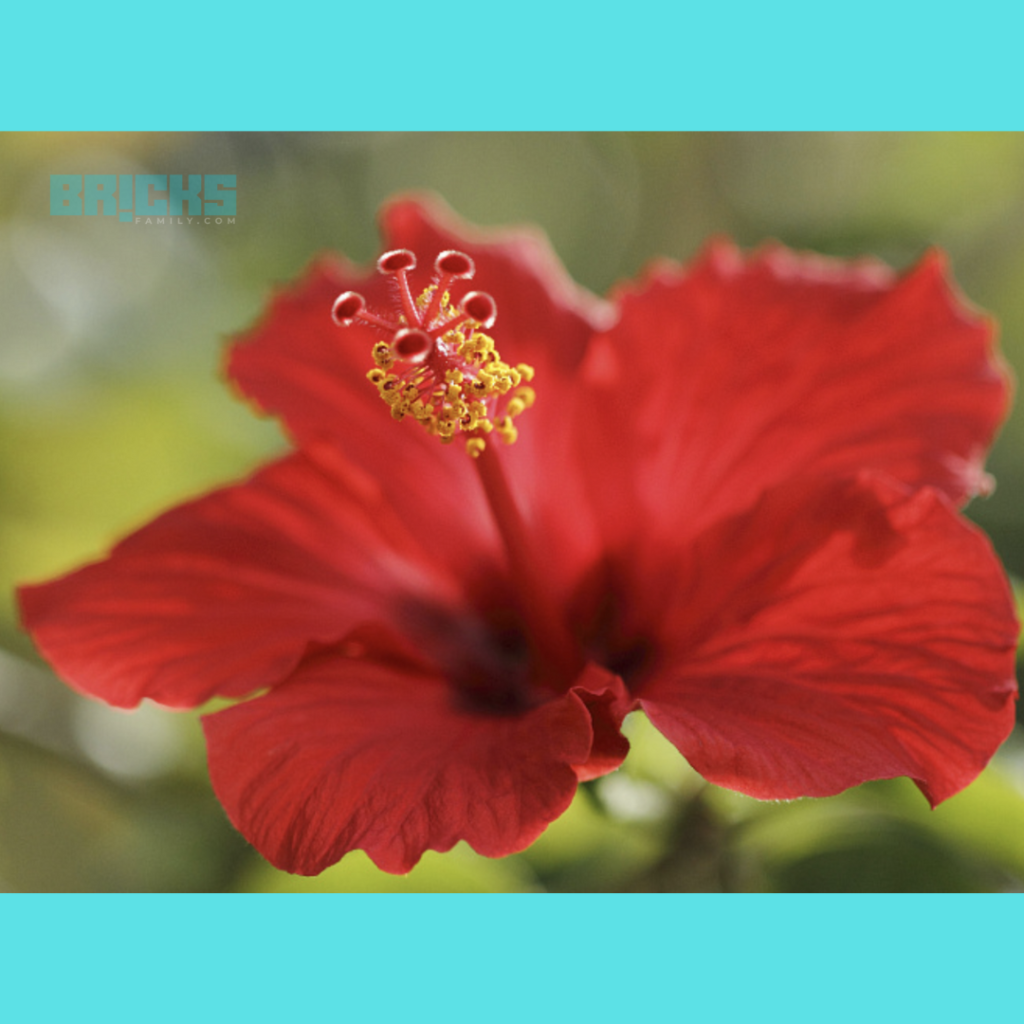Vastu and Feng Shui have been compared and contrasted throughout the years, along with which is more powerful. Vastu is regarded to be an ancient theory with a traditional attitude, but Feng Shui has more contemporary principles. In a nutshell, it’s all about the many ideas. The next post will cover 10 significant distinctions between Vastu and Feng Shui. It should be noted that there are a variety of viewpoints on how Feng Shui and Vastu differ from one another. But first, we’ll study Vastu Shastra vs Fengshui: 10 Key Differences.
Difference Between Vastu and Feng Shui
What is Vastu?

Vastu is an old Indian architectural style or system, often known as Vastu Shastra. In English, it essentially denotes the “science of architecture.” The ancient texts unearthed over time in different regions of India reveal that Vastu Shastra offers a significant perspective to contemporary builders and their ideas.
They provide us with an idea of the symmetrical layouts and designs used in those homes, as well as the roomy foundations and intricate drainage systems used at the time.
Those ideologies formerly argued that human activity should be in harmony with nature in all respects. Some of them thought that nature itself was God. There is still a widespread belief that nature is God and is worshipped. Vastu Shastra was built upon symmetry, geometry, and bidirectional patterns.
What is Feng Shui?

An age-old Chinese architectural custom is feng shui. Another name for it is Chinese geomancy. Feng Shui roughly translates to “wind-water” in English. Their only goal is to unite people with their surroundings using energy forces.
The Five Arts of Chinese Metaphysics are something we have all heard of. One of them is feng shui. Feng shui is once more defined as countenance, the study of appearances through calculations and mathematics. Feng Shui was commonly used in ancient China to select buildings that were designed to be used for spiritual purposes.

The construction of graves, monasteries, and other religious buildings was one example of this type of use. It was also used to build residential buildings. The Feng Shui adherents of ancient China sought to establish their homes or loved ones’ tombs in a grand and auspicious place before planning and creating the actual building.
These fortunate and impressive locations were picked based on the positions of the stars at the moment, the presence of water nearby, and the direction of wind movements. Nature had a major role in the scientific approach to design, known as Feng Shui.
Vastu Shastra vs Feng Shui – A Comparison:
One of contemporary architecture’s most frequently discussed subjects is the distinction between Vastu and Feng Shui. Here are the distinctions:
- Feng Shui has Chinese roots, but vastu Shastra comes from the Indian Subcontinent.
- Feng Shui is a far more recent idea, dating back to about 960 BC, while Vastu Shastra has been present since 6,000 BC.

- Vastu Shastra was an architectural blueprint that included Buddhist, Hindu, and Indo-Islamic principles. Feng Shui is a pseudoscientific Chinese practice integrating many invisible cosmic elements with architectural planning and designs.
- In ancient India, Vastu Shastra brought nature and its related entities to the forefront of architectural planning and design. The Feng Shui tradition instructs us to incorporate the entire human race, the planet Earth, and all of its invisible elements into our architectural ideas and planning.
- Science is the foundation of Vastu Shastra. Geographical factors are the foundation of feng shui.
- Vastu mostly involves building a home and residing in it entirely according to its theory, whereas Feng Shui promotes positivity and improves the movement of energies in a beneficial way.

- According to Vastu, the direction facing north is the luckiest because it is the location of the magnetic energy source. Because the Sun rises and sets in the east and west, the south is considered the most promising orientation in Feng Shui.
- According to Vastu Shastra, a residential home’s walls should be painted in vibrant hues. However, according to Feng Shui, a residential home’s walls should be painted in neutral, calming tones that are easy on the eyes.
- According to Vastu Shastra, it is very beneficial for the family to keep a Tulsi plant and a statue of the Hindu god Ganesh. According to Feng Shui, the laughing Buddha image, bamboo, and wind chimes are to be kept in residential or dwelling houses or in any construction where there are people.
- According to Vastu Shastra, the mind is controlled in the north-east direction. However, according to Feng Shui, earthen goods or items in the home should be kept in the northeast side or corner.
- Feng shui and Vastu are both very old arts. Even though they provide a wealth of information about individual nations’ cultures and other aspects, they are no longer practised in the modern world. The modern world fully supports scientific planning and procedures. It is crucial to understand the differences between Feng Shui and Vastu Shastra.
Also Read: Feng Shui Money Tree: Placement, Direction, Types, and Images
Similar Topics: House Name as per Vastu















